這個思考模式通過幫助學生近距離觀察某個物品/系統的細節,考慮不同的使用者和利益相關者不同的觀點角度,以反思自己和這個物品/系統的關係來探究其中的關聯性。
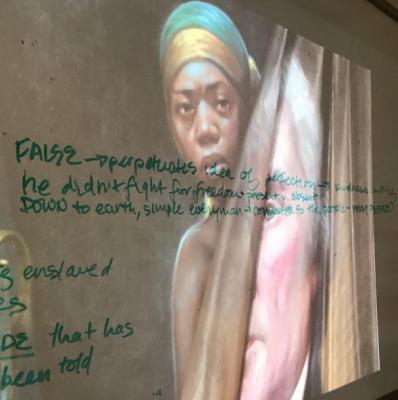
Truth and Historical Amendment: Critical Mending in the Classroom
Jaime Chao Mignano is a Senior Practitioner Specialist on the JusticexDesign (JxD) project, and an ongoing leader in the project's conception and development, including developing tools and supporting educators to apply the emerging JxD framework in their contexts.
We find ourselves in a thorny historical moment, in the United States and around the world. Like my colleagues on the JusticexDesign project—and like many educators—I wonder: How will we support our students in deepening their understanding of the world around them and exploring the complex interplay of histories we are taking part in? In the US, we are debating the fate of American monuments, the legacy of American founders, and the impact of America’s own super story on the lived experiences of its people. How might we offer a path of agency to our students that champions historical honesty? And as we guide our students in considering colonial legacies, migration crises, and global economic injustice, what are some ways we might actively value the voices of communities adding their own truth to a contested history, even at terrible risk?
Artist Titus Kaphar’s work offers a rich model, pieces “that are honest, that wrestle with the struggles of our past but speak to the diversity and the advances of our present.” WIS History teacher Nora Brennan, a colleague in Agency by Design's Making Across the Curriculum project, and I had been struck by Kaphar’s 2017 TED Talk, “Can Art Amend History?” He asks, with his own children in mind, “What is the impact of these kinds of paintings on some of our most vulnerable in society, seeing these kinds of depictions of themselves all the time?” Kaphar concludes by urging us to “amend our public sculptures, our national monuments” in order to expand and deepen our historical narrative.
In the fall of 2018, Nora took her history class to visit the Titus Kaphar collection in the “UnSeen: Our Past in a New Light” exhibit in the National Portrait Gallery. This experience was clearly powerful for students—we could sense that Kaphar’s artworks were shifting their gazes, pointing them to an actively unfolding dialogue on American history. Nora knew she wanted her students to connect more deeply to Kaphar’s philosophy of historical amendment. She combined this art exhibit and the history lessons she was teaching on the Civil War and Reconstruction as the foundation to challenge students to research a Civil War monument and reimagine it.
At the same time, Nora knew it was important to contextualize this project in the very active conversation in the U.S.—and around the world--about monuments and public memory. The controversy around Civil War monuments was and is a real current event—many city and state governments have been taking steps to address the symbolic presence of historical racial terror embedded in public spaces by tearing down monuments, renaming streets and buildings, etc. We wanted students to situate their thinking within these substantive critiques - not to attempt reconciliation but to explore their own perspective.
Nora drew on the Agency by Design framework to build her students’ sensitivity to the design of monuments and portraits. She knew that historical artworks can both express and obscure, offering us complex legacies that we can guide students in unpacking and probing. We wondered what maker empowerment might look like as students approach a portrait of Robert E. Lee or a statue of John. C. Calhoun.
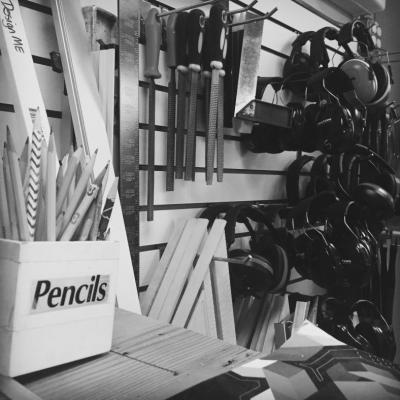
AbD Framework: A Guide for Learners
A resource for learners to explore the ways you can use the Agency by Design Framework and Making Moves/Indicators.
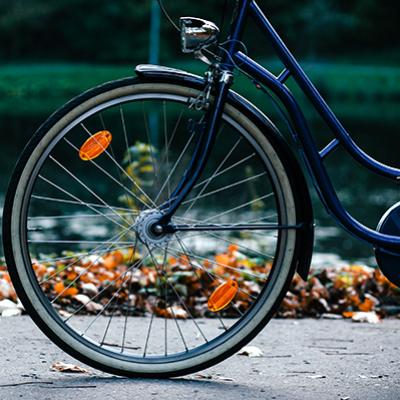
Agency by Design: Empowering Young People to Shape their Worlds
"Agency by Design: Empowering Young People to Shape their Worlds" explores the ways in which educators can develop teaching strategies that support student agency through maker-centered learning experiences.
Video by Alex Coppola
Think, Feel, Care - Adapted for Early Childhood Education
This routine encourages students to consider the diverse perspectives that different people within a particular system may have based on their role in the system. This routine fosters perspective taking and can help children generate new questions and/or ideas about the system, how it works, and how it might be improved.
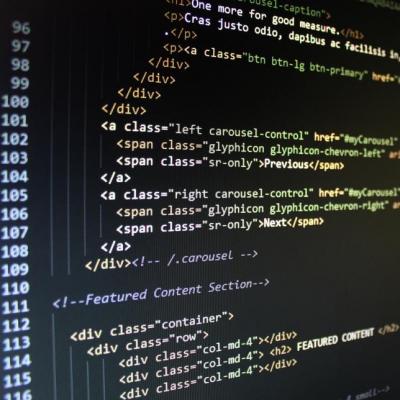
Introducing the New Agency by Design Website
Welcome to the new Agency by Design website! Because the new website is so rich with content and features, we think it might be helpful to take you on a tour to get a sense of all it has to offer. The new site boasts 29 educator tools and practices that accompany the Agency by Design framework for maker-centered learning, featured documentation and assessment resources highlighting the most recent phases of work, Agency by Design media and publications, and project and funder pages to highlight the Origin Project, Early Childhood in the Making, and Making Across the Curriculum. The video below walks you through the elements of the site and gives an overview of each page.
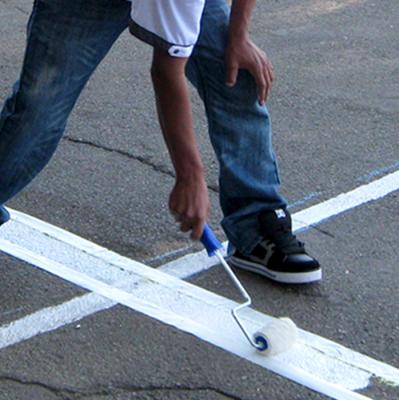
From Maker Space to Maker Campus
Boston-based architect David Stephen discusses his experiences developing “Maker Campus Master Plans” with various members of Agency by Design’s Oakland Learning Community.
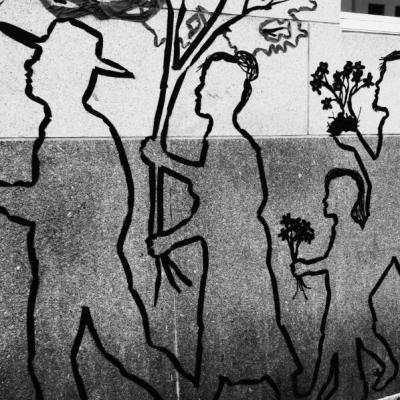
Materials Exploration
This practice promotes noticing, play, and exploration. When learners have time to tinker with materials they can gain an understanding of the affordances, possibilities, and constraints inherent in a variety of making materials.
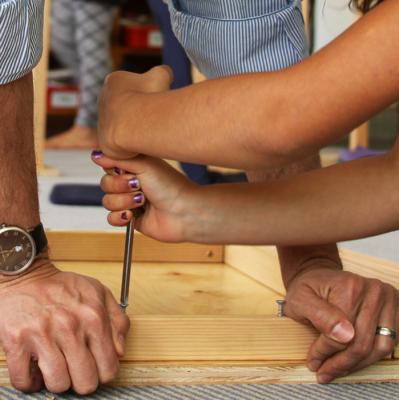
Understanding Agency Part II: Putting an Abstract Concept into Action
AbD researchers describe how their use of agency “vignettes” help them gain new understandings around the concept of agency.